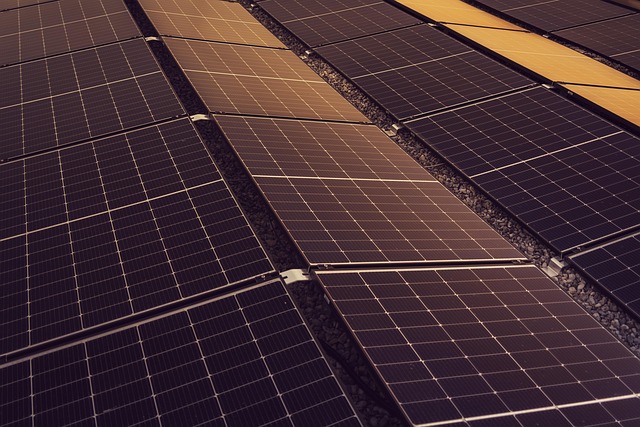Sustainability is no longer just a buzzword; it has become a necessity in our modern world. Sustainable architecture embodies the principles of sustainable development, integrating systems that minimize the ecological footprint while creating spaces that are not just functional but also harmonious with the environment. This approach encompasses a wide array of methods and materials, leading the way toward a future where our buildings can coexist with nature rather than exploit it.
One critical aspect of sustainable architecture is the incorporation of green technologies. These innovations, ranging from solar panels to energy-efficient heating and cooling systems, offer solutions that reduce energy consumption and reliance on non-renewable resources. For instance, using passive solar design can exploit natural light and warmth, significantly decreasing the energy needed for heating and lighting. This implementation doesn’t merely serve a functional purpose; it fosters a lifestyle that values and respects our planet’s resources.
Another vital component is the emphasis on achieving carbon neutrality. The aim is to balance the amount of carbon emitted with an equivalent offset through various measures, such as planting trees or investing in renewable energy projects. Achieving this balance is particularly crucial in the context of construction, where traditional building methods contribute significantly to greenhouse gas emissions.
Communities that embrace sustainable architecture tend to foster a greater sense of well-being and encourage environmentally responsible behavior among their residents. The architectural choices we make today have a lasting impact on future generations. Those who choose to build with sustainability in mind are not only improving their living conditions but also contributing to a healthier planet.
Furthermore, sustainable architecture is a vital tool in combating climate change. According to various studies, the built environment accounts for nearly 40% of global energy-related carbon emissions. By utilizing sustainable building practices, we can drastically reduce this figure, promoting a healthier planet while also enhancing the quality of life for our communities.
Investing in sustainable architecture is not merely an ethical choice; it’s also a smart financial decision. With rising energy costs and increasing awareness of climate change, integrating green technologies can lead to significant long-term savings. Higher efficiency translates directly into lower utility bills, and many regions offer incentives for environmentally friendly building practices, making it a financially savvy investment.
As we move forward, the conversation about sustainability and its implications in architecture will only continue to grow. Architects, builders, and homeowners alike are recognizing the importance of integrating an eco-conscious mindset into their projects. We all have the power to shape our environment, and as we do, it’s crucial to consider the long-term implications of our choices on the planet and its resources.
In summary, by adopting sustainable architecture practices, we not only work toward reducing our ecological footprint but also pave the way for a more sustainable future. Through innovative design, the use of green technologies, and a commitment to carbon neutrality, we have the opportunity to create buildings that are efficient, resilient, and aligned with the natural world. Let us strive to make a difference, one building at a time, and reclaim our responsibility to nurture and protect the planet we call home.




